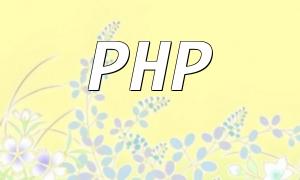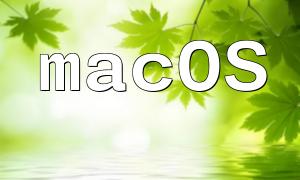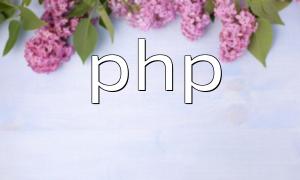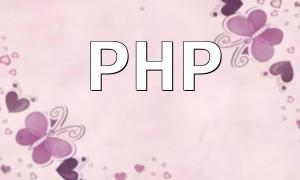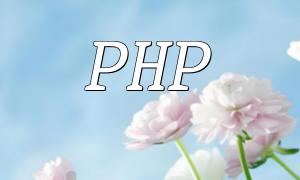In WordPress theme development, there is typically a parent theme and a child theme. The child theme is built on top of the parent theme, allowing developers to customize and modify its features without affecting the parent theme itself. A child theme inherits all the functionality and styles of the parent theme, but offers flexibility for customizations.
There are several methods available to modify the behavior of the parent theme within a child theme.
You can modify or remove certain behaviors from the parent theme by using predefined functions like add_filter()
In this example, remove_action() is used to remove the parent theme's navigation menu, while add_action() adds a custom navigation menu in the child theme. To make the new menu work, you need to create a new navigation menu function, child_nav_menu().
If you prefer not to use hooks to modify parent theme behavior, another option is to copy the required files from the parent theme to the child theme and modify them there. Although this method is not as flexible as using hooks, it ensures that modifications will not affect other features of the parent theme. For example, if the parent theme has a header.php file, you can copy it to the child theme and add custom HTML or CSS within the child theme's header.php file.
WordPress provides many hooks, such as do_action() and apply_filters(), which allow developers to insert custom code into themes and plugins. If a parent theme function or style is tied to a hook, you can modify it in the child theme by adding custom code to that hook. For example, if the parent theme generates the footer HTML via the before_footer hook, you can modify it in the child theme like this:
When the before_footer action is triggered in the parent theme, the child_footer() function in the child theme will execute, displaying the custom footer HTML.
When modifying parent theme behavior in a child theme, keep the following key points in mind:
Directly modifying parent theme files may result in losing changes when the theme is updated. It also makes the theme harder to maintain. Therefore, always use a child theme for customizations.
If your modifications involve translations or style changes, ensure that the necessary translation functions and style files are included in the child theme. Neglecting this may cause translation errors or styling issues.
When modifying a parent theme, you should also check for compatibility with other plugins or themes. If the modifications conflict with other plugins or themes, it can lead to issues. Be sure to thoroughly test your modifications before implementation.
The parent-child theme system in WordPress offers great flexibility, allowing developers to customize a site’s functionality and appearance without modifying the parent theme directly. Whether using hooks, copying files, or leveraging predefined functions, a child theme allows for easy customization. Always remember to avoid direct edits to the parent theme, ensure compatibility, and make your code maintainable.
